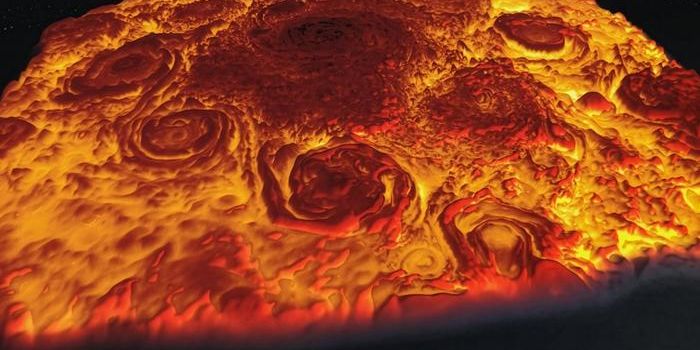4D Printing Ceramic Systems

Ceramics have a high melting point which makes it difficult to be produced by conventional lasers. Additionally, ceramic production by existing 3D-printing methods make it challenging to deform and create the complex shapes.
Fortunately, researchers at City University of Hong Kong (CityU) have developed the first-ever 4D printing for ceramics. The 4D printing are mechanically robust and can have complex shapes; a breakthrough for in the structural application of ceramics. CityU research team have created a novel “ceramic ink” through 3D printed ceramic precursors consisting of polymers and ceramic nanoparticles. The flexible ceramic precursors, using proper heat treatments, allow the complexity of these shapes such as origami folding. In other words, 4D printing ceramics can be thought of as conventional 3D printing combined with time as the 4th dimension; allowing objects printed to re-shape and self-assemble.
In particular, the research examines the use of elastic energy stored in the stretched precursors as an application for shape morphing. When stretched, ceramic precursors are released as they undergo self-reshaping and then when heated, these precursors become ceramics.
"The whole process sounds simple, but it's not," explains Professor Lu, research team leader and distinguished materials scientist. "From making the ink to developing the printing system, we tried many times and different methods. Like squeezing icing on a cake, there are a lot of factors that can affect the outcome, ranging from the type of cream and the size of the nozzle, to the speed and force of squeezing, and the temperature."
The research team took roughly three years to develop a 4D ceramic printing systems and to overcome the challenges of existing materials. Ideally, the 4D ceramic printing system has one promising application and it includes electronic devices particularly in the arrival of 5G networks, this is because ceramic is known to transmit electromagnetic signals more effectively than metallic signals. Additionally, the artistic characteristics of ceramics provide the ability to make uniquely-tailored ceramic mobile phone back. "With the versatile shape-morphing capability of the printed ceramic precursors, its application can be huge!" says Professor Lu, who believes the next step will include enhancing the systems mechanical properties for further applications. "Since ceramic is a mechanically robust material that can tolerate high temperatures, the 4D-printed ceramic has high potential to be used as a propulsion component in the aerospace field.”
The study on 4D printing ceramic systems, "Origami and 4D printing of elastomer-derived ceramic structures" has been published in the latest issue of Science Advances.
Source: City University of Hong Kong








